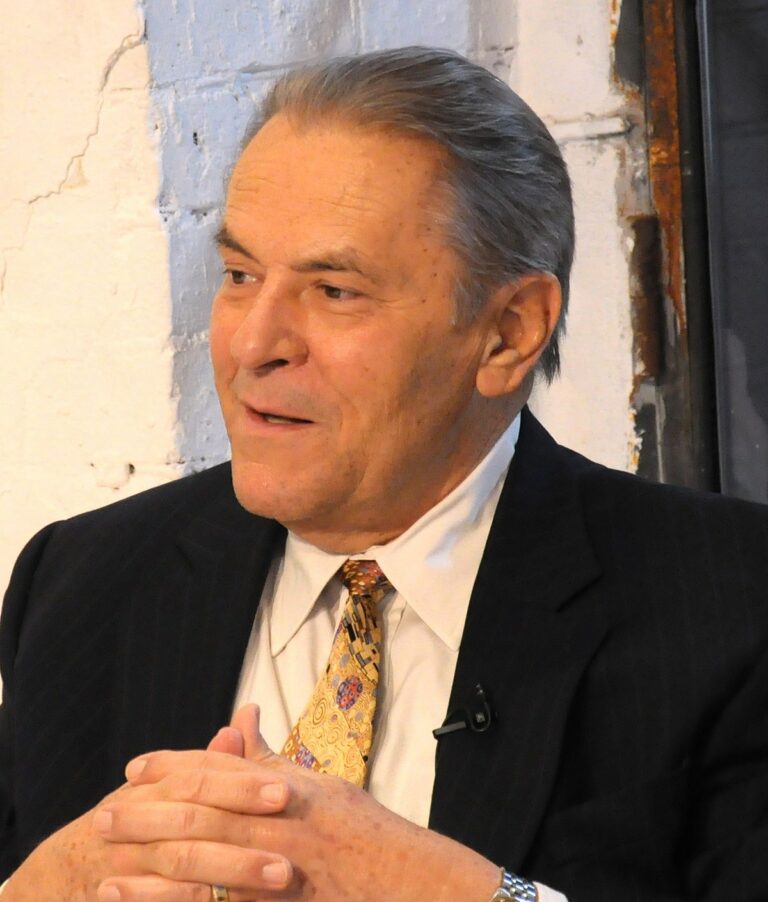About Holotropic Breathwork®
The potential for healing and transformation in non-ordinary or expanded states of consciousness has been widely recognised in many cultures and over thousands of years.
Traditionally, many indigenous people evoke these states for healing purposes using plant medicine and shamanic rituals. There has been a recent resurgence of interest in this healing potential in Western psychology and psychiatry with many current research studies into the benefits of the non-ordinary states of consciousness generated by psychedelic drugs for mental health.
Holotropic Breathwork does not use plants or chemicals as part of the experience although similar benefits are achieved.
Instead the focus is on creating a safe and supportive environment, where participants use their own breath supported by evocative music to enter and expand this state of consciousness and thereby activate their own innate natural inner healing process. It does not rely on drugs, doctors, shamans or plant medicine. The importance of the innate inner healing and its capacity to move us towards transformation and wholeness is the cornerstone of this approach.
The name Holotropic Breathwork captures the sense of the healing and transformative potential. It literally means “moving towards wholeness”. It originates from the Greek words ‘holo’ meaning wholeness and ‘trepin’ meaning in the direction of something.
What happens in a Holotropic Breathwork® session?
Holotropic Breathwork is a very simple process. After an introduction to the work participants work in pairs, with one as a breather and the other as a sitter. The breather lies on a mat. The sitter ensures the breather is physically safe and supported throughout the session. Instructions to the breather are simply to breathe faster and deeper than usual keeping the eyes closed. This gradually brings or expands a state of consciousness and the breather then trusts his or her own healing wisdom of whatever emerges.
The experience is supported by three hours of evocative music. Breathers are free to make any motion, move in any position or into any posture and to make any sound they wish. Facilitators offer support to anyone who might need it. In the next session breathers and sitters swap roles. Holotropic Breathwork facilitators are trained to help participants with a form of support that is sometimes called bodywork or better described as focused energy release work. This is sometimes appropriate and helpful when participants feel that there may be blocked energy, they feel stuck or have a sense that their session hasn’t completed. It is only carried out with their full consent.
After the session the integration of the experience is supported through expressive artwork and small group sharing although both are optional. Facilitators are present throughout the workshop to create a safe setting, explain the method and support the process and work with people whenever necessary.
What might I experience during Holotropic Breathwork®?
During a Holotropic Breathwork session, participants have an opportunity to explore the vast and often unconscious territory of the psyche, so experiences span a very broad range. The inner healing wisdom works in collaboration with the mind, body and spirit to bring to the surface that which needs attention and healing. Each session is personal to the individual and no session seems to be the same.
Over many decades of studies, a wide range of possible experiences during Holotropic Breathwork sessions have been identified, including biographical, birth, perinatal, sensory, transpersonal and archetypal. Holotropic Breathwork participants have reported experiencing a wide range of emotions, emotionally charged images, the sense of energy moving through their body, intuitive insights and clarity about situations or issues in their lives.
The holotropic perspective is permission giving. It encourages people to fully express and amplify, rather than inhibit or shut down, whatever the experience during their session. This expression offers the potential for self exploration, personal transformation and deep healing.
What are the benefits of Holotropic Breathwork®?
The benefits commonly reported by participants are as follows:
A reconnection with their emotions
Often participants are able to feel and release deep emotions, such as grief, sorrow, anger and fear, that they have held and repressed for many years or even for most of their life. These may be associated with biographical memories which can become clearer. This can help with the process of healing old traumas and suffering. Participants also report feelings of intense joy, love and gratitude.
A reconnection with their body
There can be strong sensory experiences and physical sensations. We may have a very strong experience of the senses including what feels like a fusion of the senses, for example feeling the music in our body or hearing colours and patterns. Many participants experience a deep connection with their physical body.
Deeper clarity
Many people report deeper and/or clearer insights into their emotional reactions, psychological conditioning and even their deepest beliefs. By recalling and sometimes re-experiencing earlier traumas and events in our lives, by bringing unconscious material into conscious awareness, we understand why we are the way we are and why we find certain things difficult. We are then more empowered to make changes and exercise choice.
Spiritual connection/transpersonal experiences
Participant’s often experience a spiritual awakening or deepening of a spiritual connection. They may develop a sense of compassion towards and connection with others and nature. Participants also report that they feel a connection to loved ones who have passed.
Many participants report an increased interest in or rebirth of creativity and forms of self-expression such as writing, painting or drawing, dance and music.
Finally, during a Holotropic Breathwork session, participants often experience deep safety and trust that they may not ever or often have experienced in their life before. Participants are accepted and honoured as they are with all of their experiences and emotions, without judgement or interpretation. The process enables them to begin to bear witness to, to be present to their own suffering and the suffering of others without fear or judgement. Ultimately they can develop trust in their own inner healing wisdom and compassion for themselves and others.


Photo Source: Wikipedia (Anton Nosik)
Origins: How it was developed, Theoretical and Ethical Framework
Holotropic Breathwork was developed by psychiatrist and pioneer in consciousness research, Stanislav Grof MD alongside his late wife Christina Grof PhD. It is not just a technique or method. It has a strong evidence based theoretical and philosophical framework. It is based on extensive research in psychiatric, psychotherapeutic and spiritual settings. The theoretical framework integrates insights from modern consciousness research, anthropology, various depth psychologies, transpersonal psychology, eastern spiritual practices and mystical traditions of the world.
Stan and Christina developed Holotropic Breathwork practice alongside a unique and powerful expanded cartography of the human psyche, detailed and described in their many books. In the late 1990’s they entrusted the facilitator training program for Holotropic Breathwork to Tav Sparks and his wife Cary Sparks, director of Grof Transpersonal Training. For more than 20 years Tav brought huge richness and depth to the training. He was kind, full of heart and fiercely protective of the holotropic perspective and of each individual’s capacity to transform from within. The training today is not only the foundation built by Stan and Christina but the building blocks of structure and integrity, and of love and kindness embodied by Tav and Cary.
What differentiates Holotropic Breathwork® from other breathworks?
Holotropic Breathwork is not just a technique or method distilled from a broader methodology or spiritual practice. Grof’s cartography of consciousness is increasingly recognised as being an essential continuation and deepening of the work of Carl Gustav Jung and hugely influential in transpersonal psychology.
Holotopic breathwork is also not just about the breathing. The depth of experience during sessions seems to emerge from the combination of the breathwork, the group setting, the music, the safe holding of this space and the integration. In Holotropic Breathwork there is a huge importance on set, setting and integration. ‘Set’ means the intention and preparation for the work, going into a session with openness, curiosity and willingness – with ‘arms wide open’. It is the responsibility of the facilitators to create a safe space in which the work can take place: the ‘setting’. The breathwork session itself, however, is the opening of the door, the commencement of the work. ‘Integration’ involves finding meaning in our Holotropic Breathwork experiences and taking what we have learned ‘‘home’ to make clearer, more conscious choices and improvements in our everyday life, perhaps even to benefit those around us and our community. Integration begins at the end of the session in conversations and check-ins with facilitators and sitters, continues in the artwork and or journaling and in the sharing groups.
Who can practise Holotropic Breathwork?
The practice of Holotropic Breathwork has an ethical and theoretical framework that has been developed and refined by Grof transpersonal training (GTT). GTT has oversight of the quality of training, ensures that the model is adhered to, that the practice is safe and ethical, and that facilitators undertake continuing professional development.
GTT is the only program for Holotropic Breathwork certification worldwide and the most established training for work and expanded states.
Holotropic Breathwork adheres to the principles of Holotropic Breathwork and ethical agreements and only practitioners who are certified through GTT are allowed to practise.
